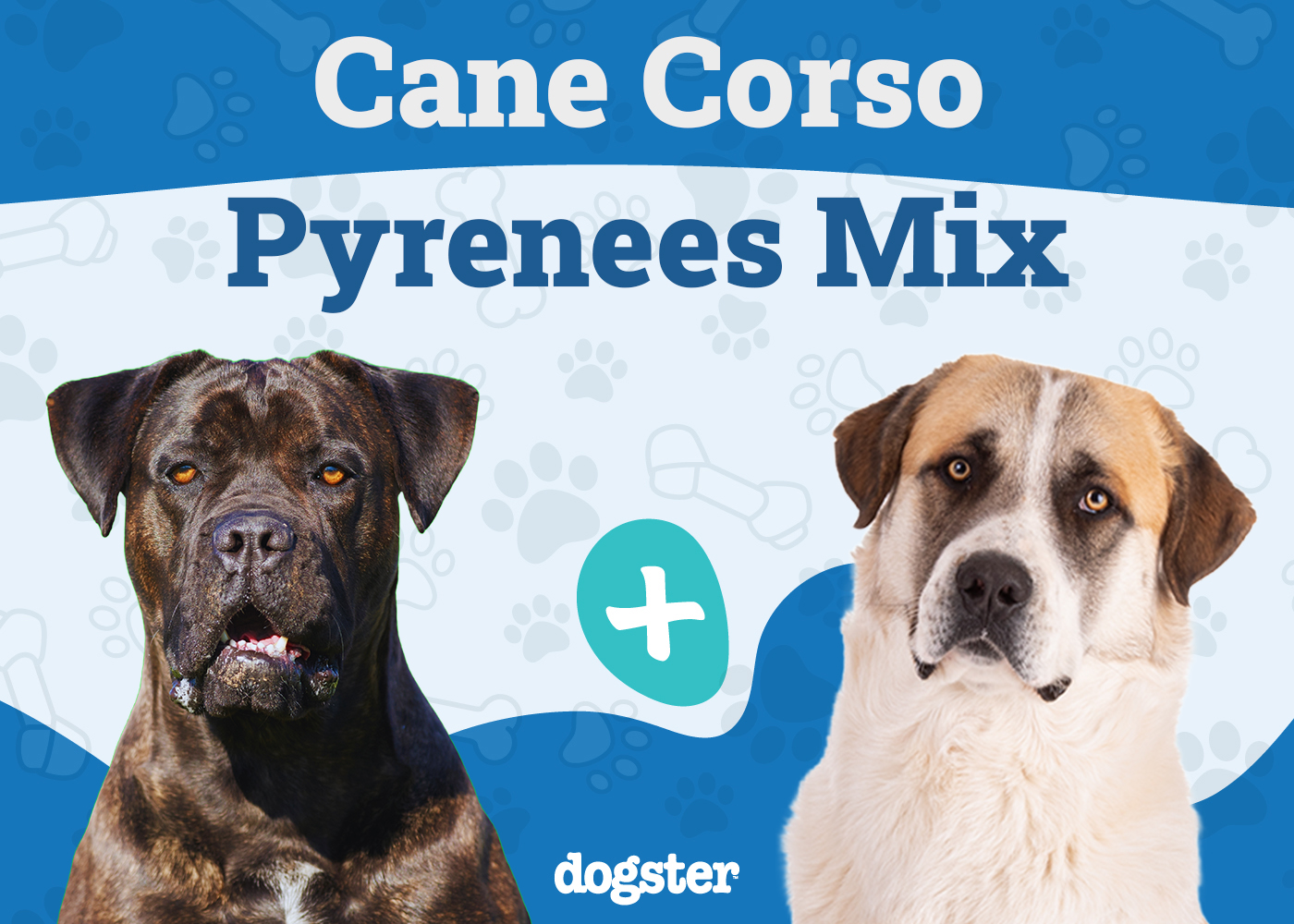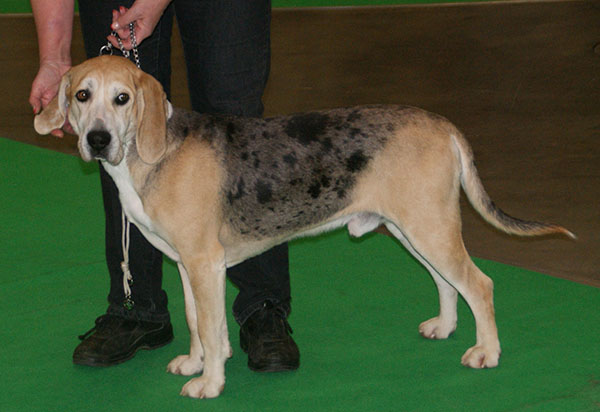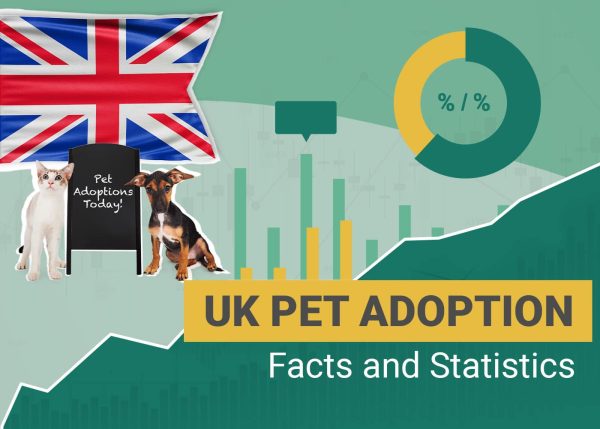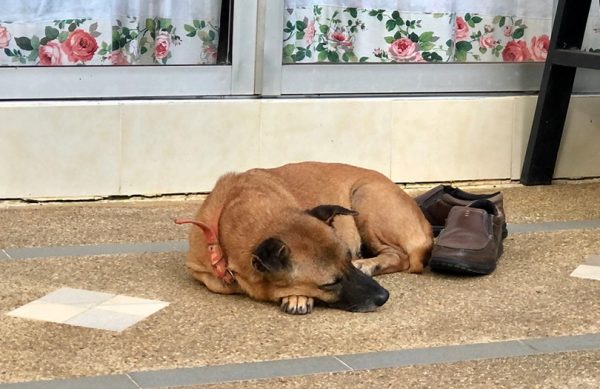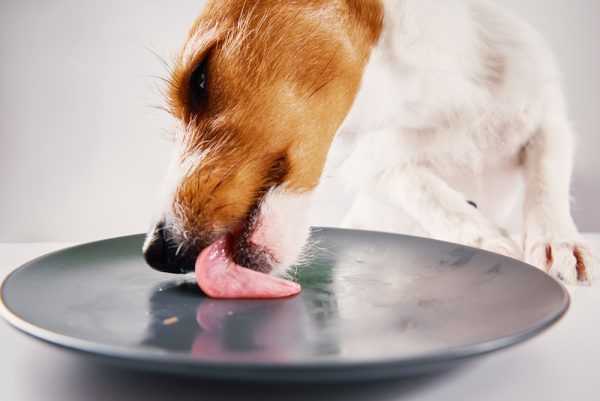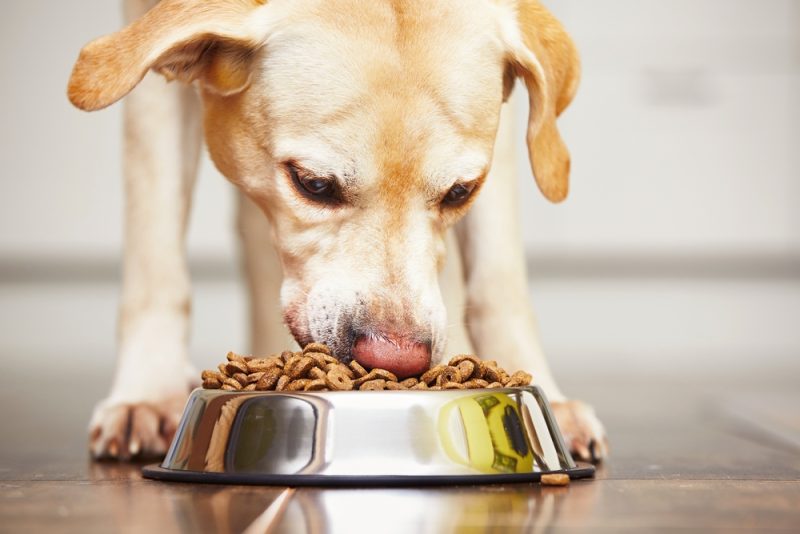In this article
View 8 More +Mixing the stout Cane Corso with the graceful Great Pyrenees results in a strong working dog that makes a great family pet. Their histories as guard dogs nearly overlap. After fighting with the Romans, the Cane Corso became known as the guardian of the Italian villa, while the Great Pyrenees watched over flocks from France and Spain.
Despite their practical similarities, their appearances are very unique. Their coat will be a surprise each time since both parent breeds have very different fur. Additionally, their energy levels are slightly different, with the Great Pyrenees tending to behave more mellowly than the athletic Cane Corso. Combining their physical characteristics and personalities gives us a glimpse of what to expect at both ends of the spectrum.
Breed Overview
Height:
23–32 inches
Weight:
88–165 pounds
Lifespan:
9–12 years
Colors:
White, gray, black, red, or fawn with various possible patterns and markings
Suitable for:
People who love large dogs
Temperament:
Graceful, loyal, vigilant
The Cane Corso Great Pyrenees is a cool combination of two classic breeds that’ve been chosen as working dogs for centuries. Your puppy may adopt any of the characteristics from either parent breed, resulting in a fun surprise that unravels as they grow.
Cane Corso Great Pyrenees Mix Characteristics

Cane Corso Great Pyrenees Mix Puppies
Like all mixes, the Cane Corso Great Pyrenees isn’t an official breed. While some “designer dog” mixes have names, such as Goldendoodles, the Cane Corso Great Pyrenees isn’t popular enough yet. Seeking out a breeder can be expensive since these dogs are so rare. Your best bet will be to find a rescue on a website such as Petfinder but be prepared to wait a little while.
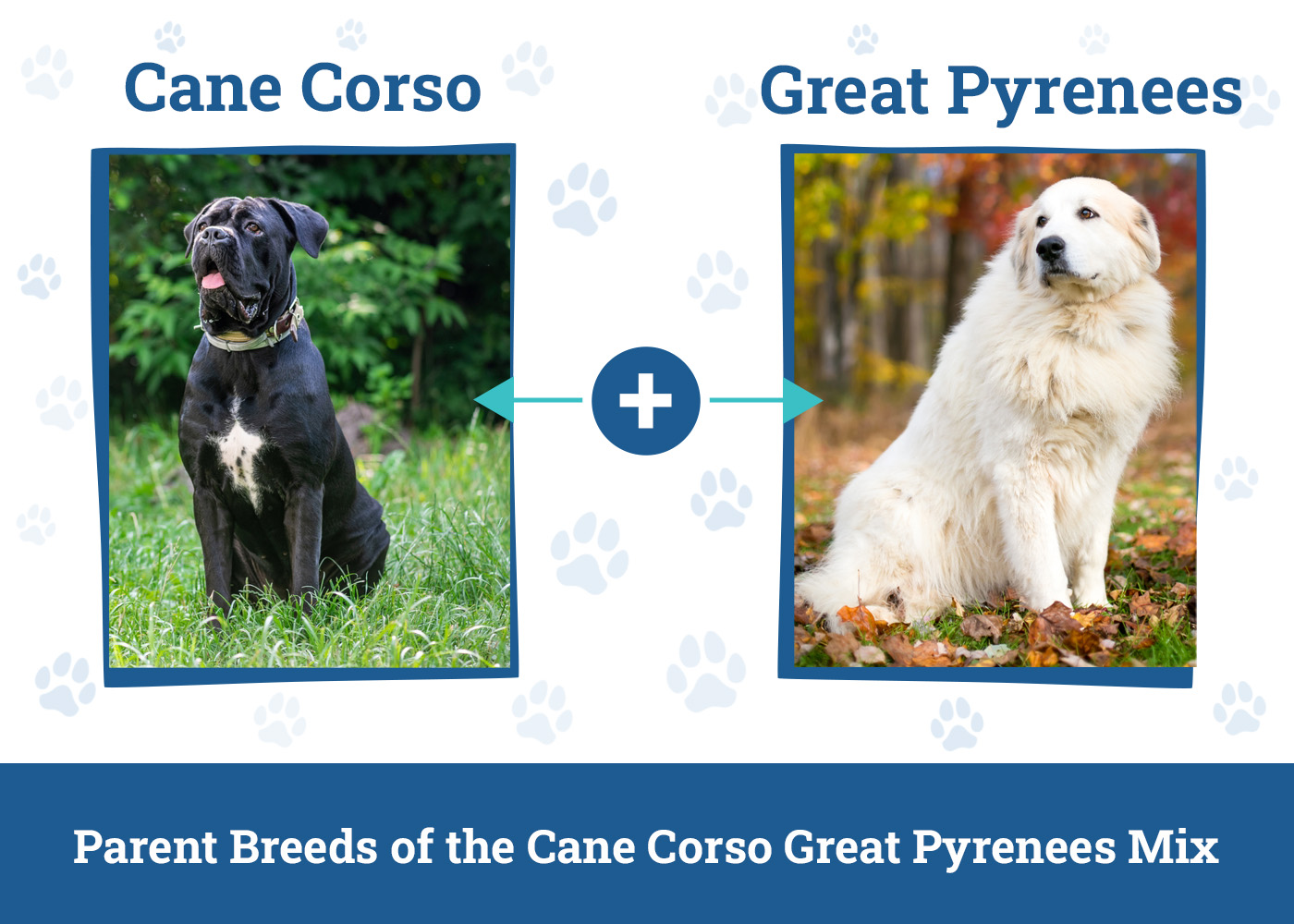
Temperament & Intelligence of the Cane Corso Great Pyrenees Mix 🧠
Since both parent breeds historically worked as guard dogs, the Cane Corso Great Pyrenees mix is expected to have a vigilant nature that’s protective of their people but wary of strangers. Unless you specifically want them to serve as a guard dog, you’ll need to socialize them while they’re still a puppy in order for them to feel comfortable around strangers and other dogs.
Are These Dogs Good for Families? 👪
This mix is a great choice for families. Their protective, patient nature qualifies them as top-rate babysitters for older children. As with any large dog, you’ll need to watch them closely around small children, at least at the beginning. While they’ll usually be patient with overbearing toddlers, they are quite large creatures who do have the capacity to hurt them.
However, their guarding nature predisposes them to protect their family, so they aren’t known to be aggressive towards children in the household. Unless they perceive a threat, the Cane Corso Great Pyrenees is generally a mellow dog who likes to relax and play with their people.
Does This Breed Get Along with Other Pets? 🐶 😽
Every dog has their own personality and history that strongly influences how well they’ll get along with other canines and cats. You can typically expect the Cane Corso Great Pyrenees to peacefully coexist with other creatures in the house, especially if they were raised with them.

Things to Know When Owning a Cane Corso Grand Pyrenees Mix
Food & Diet Requirements 🦴
As large dogs who usually exceed 100 pounds, this mix eats a lot of food. Your vet will be able to advise you on exactly how much to feed them. While most dog food packaging offers general guidelines on how much to give them, the exact amount depends on their life stage, activity levels, and overall health, which your vet will know best.
As a rough estimate, large breeds usually require at least 4 cups of dry food each day.
Exercise 🐕
The Cane Corso resided over the rural grounds of Italian villas for centuries. Brawny and vigilant, they were ready to defend if necessary and kept themselves in shape. The Great Pyrenees accompanied flocks and were known for their patience and stamina. However, you wouldn’t have really seen these dogs romping endlessly through the fields, as the Australian Shepherd might.
Expect the Cane Corso Great Pyrenees mix to have an average amount of energy that’ll need an hour or so of daily exercise to stay strong.
Training 🎾
The Great Pyrenees, in particular, has an independent streak that can pose a challenge to obedience training. In the past, their ability to think on their feet saved countless livestock from invasion from wild animals and even bandits, since this intelligent dog didn’t wait for their master’s command to defend the flock. However, this same trait may make modern housebreaking a little more difficult than it would be with the average canine.
Thankfully, in the case of the Cane Corso Great Pyrenees Mix, the Great Pyrenees’s independent nature should be slightly tapered down by the Cane Corso, who tend to be more eager to please. Even so, you might consider enrolling them in professional training at a young age to help them quickly learn even basic commands such as sit and stay.
Grooming ✂️
Depending on what genetics they inherit from their parent breeds, this mix may have a medium double coat like the fluffy Great Pyrenees or a short smooth coat like the Cane Corso. The longer double coat requires brushing once or twice a week with a slicker brush to prevent matting.
If they have a short smooth coat, they’ll need a quick brushing once a week to catch loose hairs. A hound glove, boar bristle brush, or rubber grooming mitt should do the trick. Regardless of the type of fur they inherit, this mix will “blow” their coat every spring to prepare for the heat of summer.
Like all dogs, the Cane Corso Great Pyrenees need their teeth brushed a few times a week and their nails trimmed regularly in order to prevent injury and infection.
Health and Conditions ❤️
- Luxating patella
- Eye problems
- Cancer
- Hip dysplasia
- Bloat
Mixed dogs are usually healthier than purebred animals. While this is good news, large breeds such as the Cane Corso and Great Pyrenees are generally more susceptible to hip dysplasia and certain cancers, such as bone cancer. Since there are genetic and environmental factors, it can be difficult to predict whether your Cane Corso Great Pyrenees will also have a greater risk of developing these conditions.
For example, bloat can be a life-threatening condition that most frequently affects deep-chested dogs of all sizes. This condition occurs when gas expands your dog’s stomach, usually following a hasty meal. If their stomach twists, known as gastric torsion, the gas becomes painfully trapped in the digestive system. Gastric torsion can be fatal within an hour without medical intervention.
Aside from serious diseases, you’ll also need to watch for eye problems such as cataracts and glaucoma. These dogs may also have luxating patella, which is when their kneecap frequently pops out of place. While this condition may be fixed surgically, it often corrects itself.
Taking your dog to the vet routinely can help catch some of these diseases early on, which can give them a more favorable prognosis. Enrolling your dog early in a pet insurance policy may also be a helpful way to pay for any potential accidents and illnesses down the road. Routine wellness exams are usually not included, however, depending on your policy.

Male vs Female
Since the Cane Corso Great Pyrenees is a rare mixed breed, there’s scant information about the personality differences between the genders. However, females are usually much smaller than males, who regularly exceed 100 pounds and may even hover closer to the 150-pound mark.
You might find a female Cane Corso Great Pyrenees as little as 85 pounds, but generally not more than 100.
3 Little-Known Facts About the Cane Corso Great Pyrenees Mix
1. They have waterproof fur.
Since both parent breeds possess waterproof tresses, this mix is guaranteed to inherit their lucky locks. No doubt this special feature aided the Great Pyrenees as they cared for flocks atop snowy mountains and shielded the Cane Corso in deep waters as they fought with the Roman military.
2. They’re one of the largest dog breeds worldwide.
Both the Great Pyrenees and the Cane Corso made the cut for the American Kennel Club’s list of the top 16 largest dog breeds.
3. Their life expectancy is longer than other large dogs.
With parent breeds that average 9–12 years, the Cane Corso Great Pyrenees usually lives a couple of years longer than similarly sized dogs. For example, the Great Dane only averages 8–10 years. Scientifically, mixed breeds are less likely to develop certain diseases than purebred dogs, so the actual lifespan of this mix may be even longer than their parent breeds.

Conclusion
As with every mixed breed, you never quite know what you’re getting when you adopt a Cane Corso Great Pyrenees mix…aside from oodles of love and laughter. Both parent breeds tend to form close connections with their humans, even defending them when necessary. They make great family pets and guard dogs but can have a stubborn streak.
Because of their independent guarding instincts, you’ll need to socialize and train your puppy from a young age in order for them to get along well with other people and dogs and listen to commands. While they’re a rare breed, they’re an excellent companion if you’re lucky enough to find one.
See Also:
- German Corso (Cane Corso & German Shepherd Mix): Guide, Pictures, Care & More
- Labrador Corso (Cane Corso & Lab Mix): Guide, Pictures, Care & More
Featured Image Credit: Left – Didkovska Ilona, Shutterstock | Right – Ryan Leeper, Pexels
